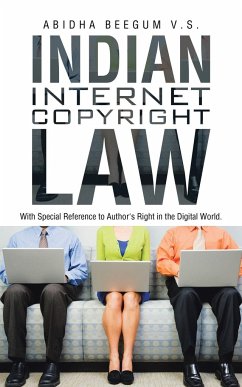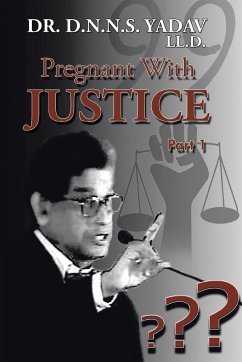This book is purely based on the right of Indian copyright holders in the digital world. Indian Copyright Law is not considering the digital world for copyright protection, whereas Indian information Technology Act of 2000 contains only one section (sec. 79) dealing with digital copyright problem. So in the light of the above section, the book is analyzing the Digital Millennium Copyright Act of United States and other International dimensions in this regard. At the same time, the work proceeds through various landmark cases and comments of other legislations and courts-the rights available to the authors and copyright owners as well as the theories of liability, etc., deeply discussing in the book. The need of an apt legal framework is the main focus of the work; otherwise, the modern technological changes and ambiguous interpretation of the present copyright law will lead to unsettled problems. The book also discusses the moral right in the digital world. Intermediary liability is another important focus of the work. In most jurisdictions, Internet Service Providers are transmitting information to and from third parties and are hosting information for that particular purposes, and there appears to be a growing consensus among legislators and judges that they should not be held liable absolutely for violations committed by others; hence, the balancing tendency of courts in deciding this type of cases is another important aspect of the book.
Hinweis: Dieser Artikel kann nur an eine deutsche Lieferadresse ausgeliefert werden.
Hinweis: Dieser Artikel kann nur an eine deutsche Lieferadresse ausgeliefert werden.








